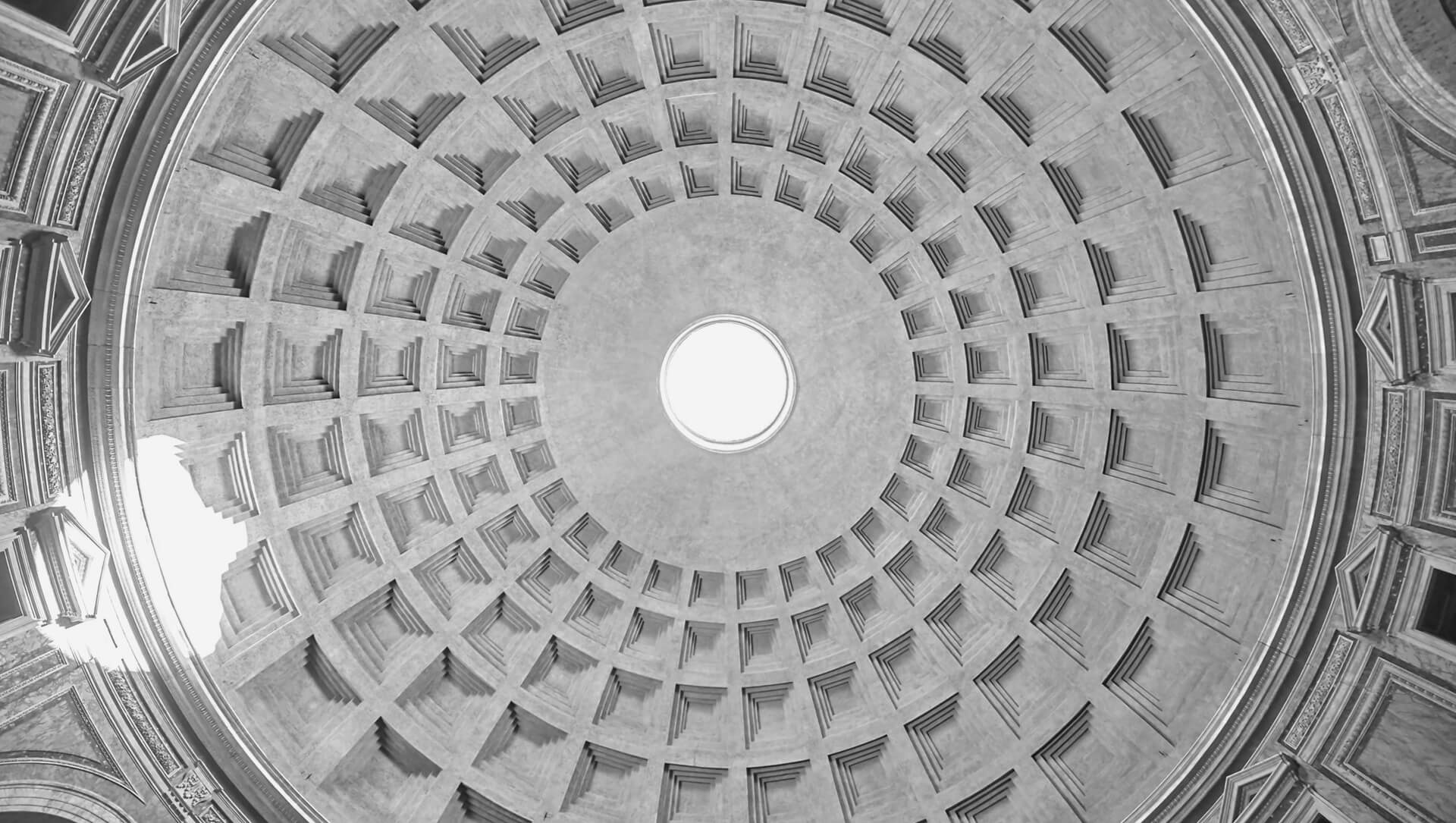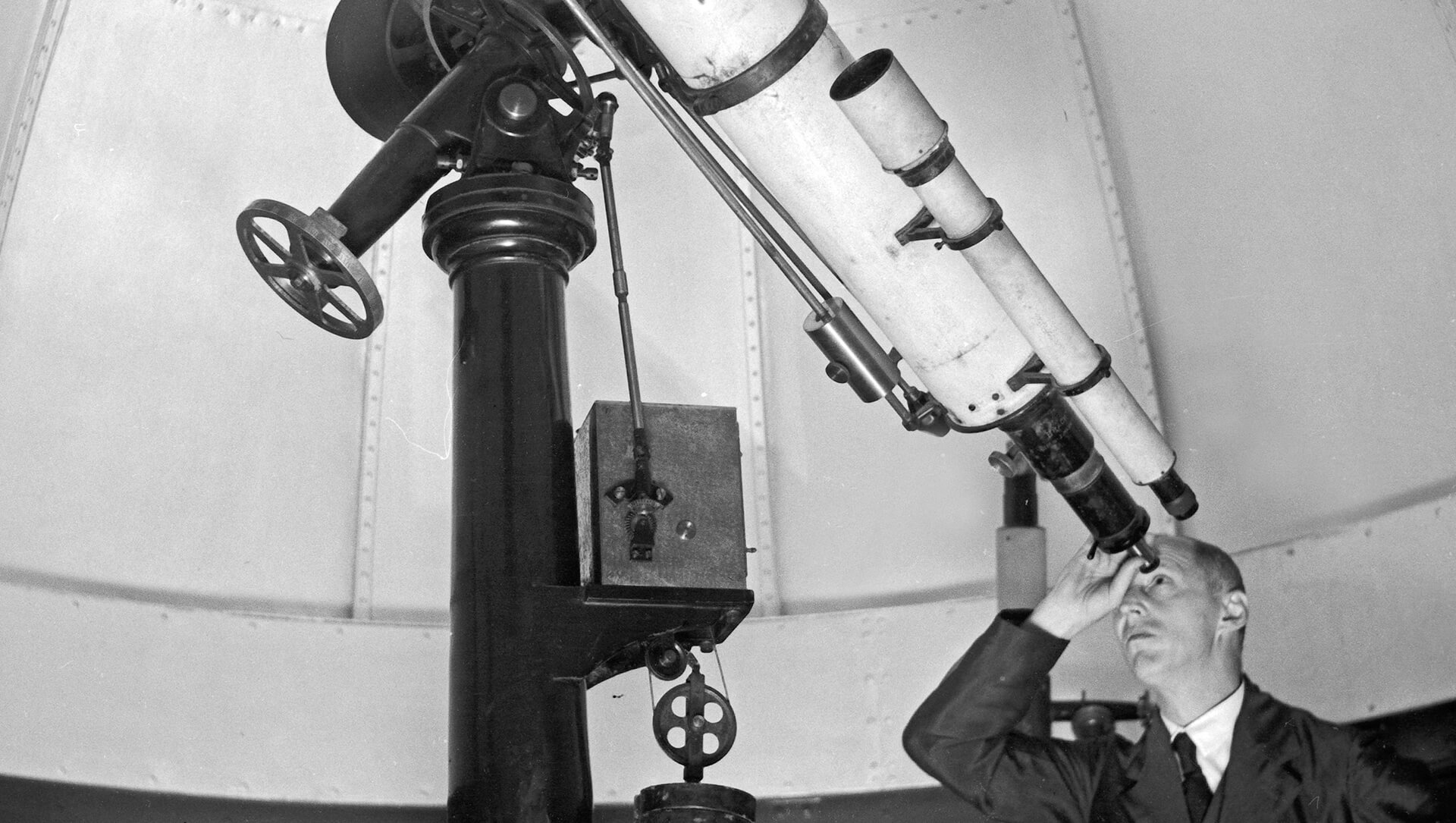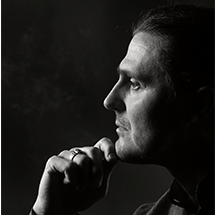SOLUTION
It is obvious to idealistic researchers that a human being is not only a bodily being, but also a spiritual one, and the spirit is primary, that is, it stands above matter. If we consider an individual as a system, then his division as a whole into two, or, in our case, operating with only two aspects of the human being — dense and abstract, or material and spiritual, or external and internal — is not enough. This is precisely what gives rise to a disagreement between the two main scientific directions.
The way out of this dispute is to consider a human being not in two aspects of his existence, as spirit and matter, but in three — his essence, content, and form. They are arranged similar to a Russian doll where the first one is nested into the second, and the second into the third:
- The essence of an individual is his true, or higher Self.
- The content is his inner, or false, self, his personality (from Latin persona — “personage, assumed character,” originally “a mask, a false face”).
- The form is his dense self, or body.
The true, or higher Self is the eternal essence of a human being, which is connected with the primordial laws of the universe, or truths, of different levels. The highest of them is the existence of the Source of all things, similar to the source of light.
The inner, or false, self is the content, or substance, of a human being, his personality, that is filled with personal inner experience, skills, interests, impressions and subject to desires and aversions, likes and dislikes.
The outer, or dense, self is a changeable form that we see when looking at ourselves in the mirror and at other people. This form allows us to be a member of society and to live and act in the world of material objects.
This more detailed consideration of the issue by identifying the third aspect of the human being — the true Self — and positioning it above the first two opens the possibility of studying eternal principles — the highest measures of knowledge, independent of the personality of the researcher.
As above, so below, the microcosm reflects the macrocosm. And this hierarchical order of the three aspects of the human Self is a fractal manifestation of the hierarchy of the three aspects of everything that exists — essence, content, and form. This means that a measure based directly on a human being can be applied to areas of humanistic science as well:
The higher aspect corresponds to the process of scientific study of the eternal higher principles, and the formation of a holistic worldview based on them by those scientists who have overcome the egoistic manifestations of the inner plane and are able to rise above the personal.
The inner aspect corresponds to the processes of studying and “digesting” abstract ideas and internal experiences and their creative embodiment into material goods, which provides a large field for interaction between idealists and materialists.
The outer aspect corresponds to the sphere of applied materialistic research, the specific measurable results of which are applied in the socio-political sphere that regulates joint peaceful coexistence and commodity-money relations.
The hierarchy of levels of science, showing its essence, content, and form, gives us an understanding that the harmony or discord in the interaction between idealists and materialists depends on the awareness and observance by both sides of their position in this hierarchical order. At the same time, the abstract, or eternal, laws of the spirit find their way from top to bottom through the sphere of the inner world of a human being, in order to then be embodied in the form of dense countable objects and phenomena of the material world. This order of things also clearly indicates that a reverse tendency — interference by politics or commodity-money relations into science — is unacceptable. It is the true cause of its degradation, the removal of the observer from it and the slide into mechanistic materialism.
By returning materialism to its rightful place in objective reality and putting it at the service of a higher science, we remove the ground for conflicts. It also opens for us the possibility to escape not only the grip of materialism, but also of the false subjectivism distorted by personal prejudice, so that we could form a holistic worldview, embracing and clarifying all spheres and planes of existence.
Image by Stefan Schweihofer from Pixabay.com

Description of the process of thinking that takes place in the higher plane of reality and is aimed at cognition.

The crisis of the worldview. The need for a clear and holistic worldview that unites religion, science and philosophy. The individual's main choice.

Sources of the worldview and its influence on an individual. The importance of a clear definition of terms. The need to restore culture.
